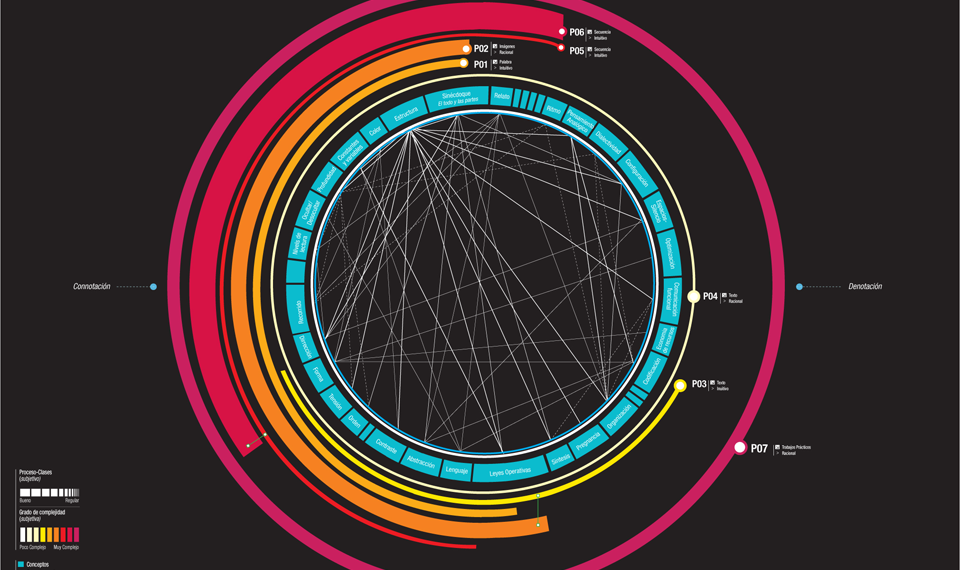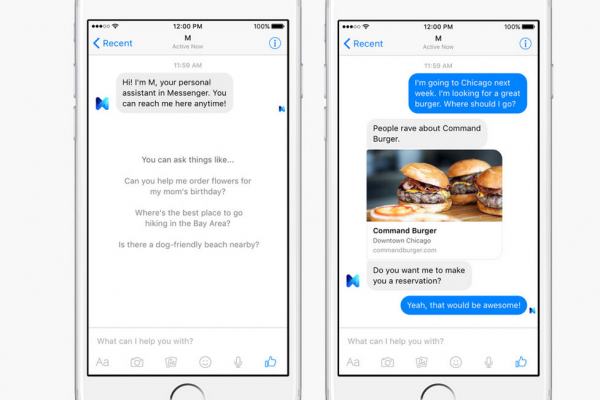Why it is hard to master Tiny Data on mobile

Why it is hard to master Tiny Data on mobile
AdExchanger recently highlighted in an article that tiny data can be highly beneficial to mobile advertisers. Nowadays, most mobile users are using the same apps to complete the same tasks every day. Knowing this, advertisers may want to collect these useful tiny-data points provided by those apps in order to better target users on mobile. In that sense, the solution for an optimised and effective mobile advertising campaign is to “receive, interpret and respond to such signals in real or near real time with unique, ideally suited content and messages”.
However, mastering these tiny data points can be a real challenge.
By identifying specific criteria and building audience segments, most ad servers are able to analyse and interpret the data in real-time. By doing so, it gives advertisers the capacity to leverage their mobile targeting and re-targeting strategy.
But there are limits:
- Most apps and websites keep their data confidential. For instance, Google and Facebook – the two biggest sources of user-generated data – do not share their data with other publishers.
- No simple solution has been found to combine user’s data from in-app and mobile web. The biggest challenge in mobile advertising is to link mobile web cookies and in-app device IDs.
- Many information from day-to-day apps cannot be used as such. For ethical reasons, it is impossible to collect data produced by the user himself, like Facebook posts or WhatsApp messages.
Now, let’s consider that we have access to this type of information about the same user.
The next challenge will be to identify the right mobile sites or apps to deliver the right message to the right person, at the right moment. However, applying such a highly precise and real-time targeting strategy will force advertisers to pay really high prices on very specific placements. Even worse, this does not even guarantee that the user you are targeting will actually open the right app or mobile site at the right time.
Furthermore, advertisers should be aware that ultra-targeting can also lead to small delivery volumes. Even though they spend a lot of budget, they can miss out on some really interesting profiles that could have converted into actions.
Nevertheless, the market manages to go beyond these limits by taking advantage of some tiny data points already available. For example, many mobile advertising campaigns are increasingly using geo-location for their targeting strategy.
At the end of the day, when collecting and interpreting data, the key is to find a good balance between volume objectives and accurate targeting. To go further into targeting efficiently, mobile advertisers need to find a way to gather all the data collected by the different devices a user owns into one single ID.



